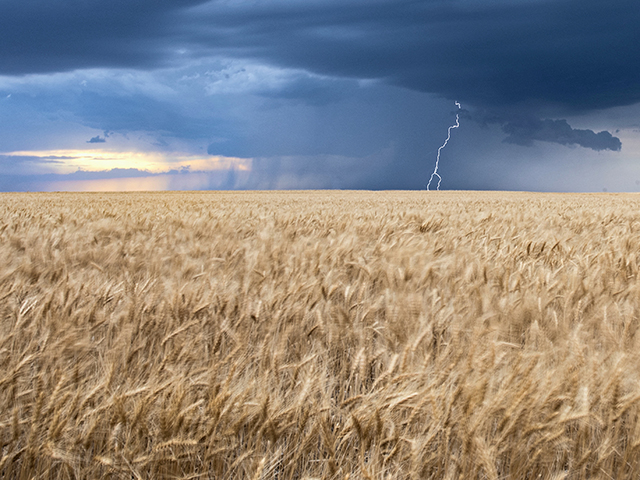Inside the Market
Back to the Weather
Given how the year has gone, it's been difficult to talk about grain markets without the conversation being dominated by COVID-19. August, however, is the time of year for crop tours and yield estimates. It is time to turn the conversation back to the effect of the weather.
As I write this, I haven't seen USDA's "Acreage" report yet, and so it's a timing challenge to talk about the weather to readers in August. Fortunately, Bryce Anderson and DTN's weather services are available at
dtnpf.com to fill in the gaps and keep readers appraised on a daily basis.
For now, it's helpful to remind ourselves just how important the stretch of June to July weather is for 2020 crops. I am not normally a fan of trying to estimate yields based on USDA crop ratings, as the correlation between the two is extremely loose. However, if we accept the loose connection between the two, USDA crop ratings do offer helpful guidance.
P[L1] D[0x0] M[300x250] OOP[F] ADUNIT[] T[]
CROP RATINGS
Almost all good-to-excellent (G/E) row-crop ratings start at a high level in late May to early June. In 2020, the first G/E rating for corn was 70%, roughly the center of where the past nine years of ratings have begun.
From the initial rating to late July is where the important separation between crop years takes place, and ratings typically decline through summer. By the time you read this in August, a G/E rating of 70% or higher for corn indicates a strong chance we're looking at a corn crop with near-record or record yields.
G/E ratings in the mid-50s or 60s in late July typically suggest a yield near or possibly below trend. The year 2017 kept us humble with a 61% G/E rating resulting in a higher-than-expected corn crop yield of 176.6 bushels per acre.
Of course, G/E ratings can go below 50% as they did during the drought of 2012. Ratings that low indicate serious trouble.
Crop ratings for soybeans are much the same. Even though the important filling period for soybeans is in August, and ratings between different years can keep diverging as late as September, the earlier start from early June to late July is still a critical period for crop development.
In 2020, the first G/E rating for soybeans landed at 70% -- within the normal range. For soybeans, a G/E rating of 70% or higher by the end of July will typically earn a high, and possibly record, yield by fall.
G/E ratings in the 60s or upper 50s are more normal for soybeans at the end of July and can still deliver a good national yield. It takes ratings in the low 50s or below to increase the potential for higher prices.
Weather can still damage soybeans after July, but the information above should be a pretty good guide for estimating yields in 2020. After the unusual conditions of 2019 and the global pandemic in early 2020, it is somewhat reassuring to know crops still need good weather.
[PF_0820]
(c) Copyright 2020 DTN, LLC. All rights reserved.



